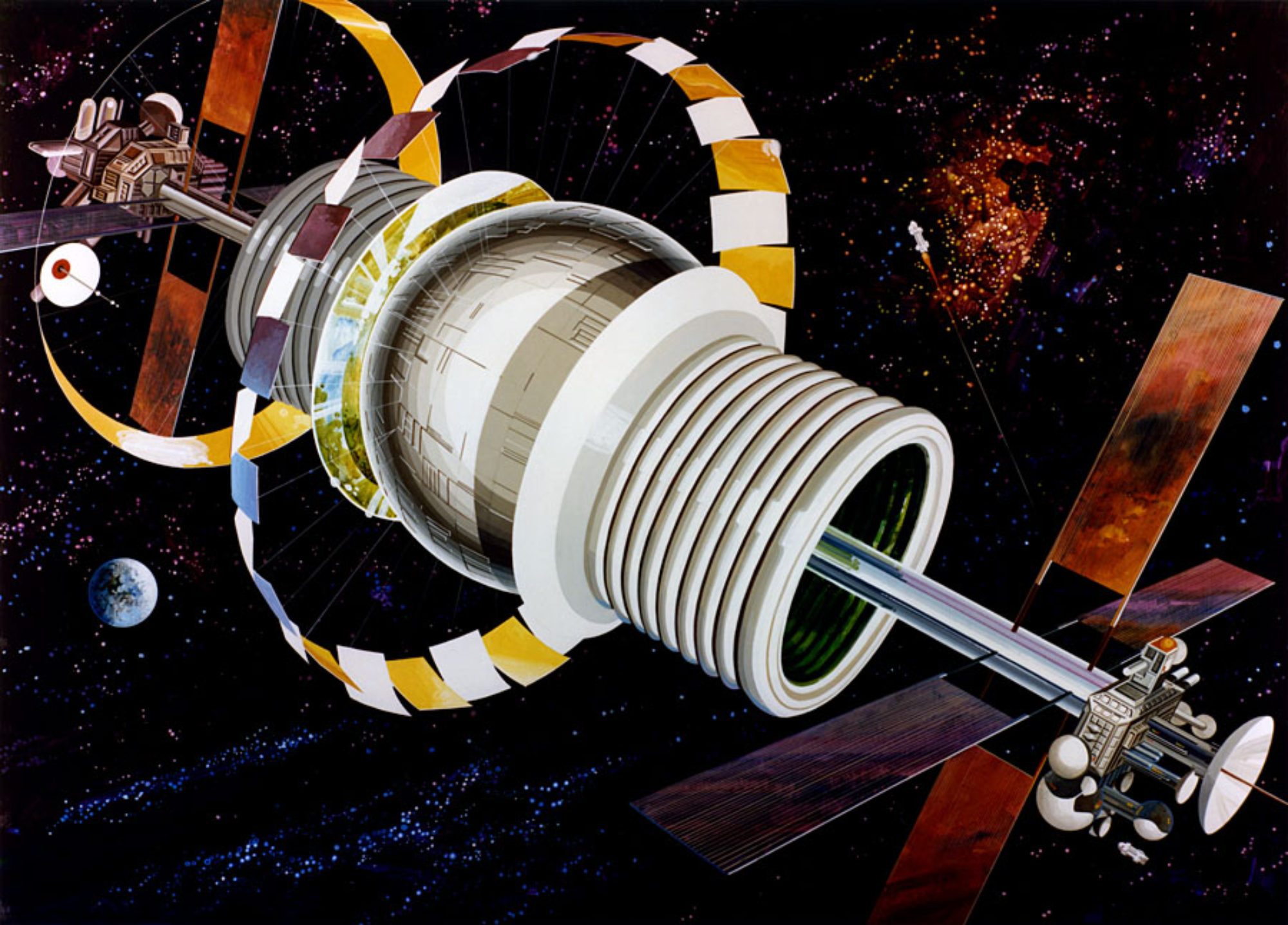
Agriculture on Mars is problematic. Even if radiation exposure could be solved (perhaps by locating greenhouses in lava tubes) and sufficient sources of water secured, there is that pesky perchlorate in the soil. Not to worry. The Interstellar Research Group has us covered. IRG, who’s mission is to assist in building a technological, philosophical, and economic infrastructure that advances the goal of establishing outposts throughout the Solar System and, finally, achieving a pathway to the stars, has initiated MaRMIE – the Martian Regolith Microbiome Inoculation Experiment. An informative summary of the project is provided by Alex Tolley over on Centauri Dreams.
SSP has addressed the biological remediation of perchlorates in Martian regolith previously. The research paper linked in that article examined phytoremediation which uses aquatic plants for perchlorate removal and microbial remediation processes utilizing microorganisms and extremophiles. IRG focused on the latter but noted that since the contaminants are water soluble, simply rinsing of the Martian regolith may be a potential solution for removal of the contaminants if sufficient sources of water can be found.
Perchlorates are only one piece of the puzzle to create fertile soil on Mars. So IRG expanded the scope of this initiative to design an experiment to simulate crop growth under the extreme conditions we can expect on Mars, taking into account the composition and pressure of the atmosphere, temperature extremes and high levels of ionizing radiation. The group envisioned a framework of research that would include five phases. The first phase would address the perchlorate issue experimenting with a variety of bacterial and microfungal agents applied to simulated Martian regolith mixed with perchlorates.
In the next phase, the simulated regolith would be conditioned by creating a microbiome to inoculate the regolith. This would include evaluation of pioneer plant species under Martian environmental conditions to transition the regolith into fertile soil.
The third phase would then attempt to grow crops in the mock soil under Martian lighting and atmospheric conditions with increasing ambient pressures until plant growth is satisfactory.
In the fourth phase, the experiment would be repeated with the same settings as in the third phase but decreasing the temperature to find when plant grow tapered off to unacceptable levels. This approach would home in on the optimum conditions for crop growth in the prepared Martian soil.
Finally, the infrastructure to create a farm implementing these conditions on the surface of Mars with appropriate protection from radiation would be defined.
It is not the intention of IRG to actually run these experiments. The output of the effort would be a published paper documenting the known issues and providing an outline of the required studies. Tolley explains that “IRG hopes that this framework will be seen and used as a structure for designing experiments and building on the results of previous experiments, by any researchers interested in the ultimate goal of viable large-scale agriculture on Mars.”
Others are undertaking similar studies. Researchers at the University of Naples Federico II are studying the use of lunar and Martian regolith simulates for plant growth in a paper published last year in Frontiers of Astronomy and Space Science.



